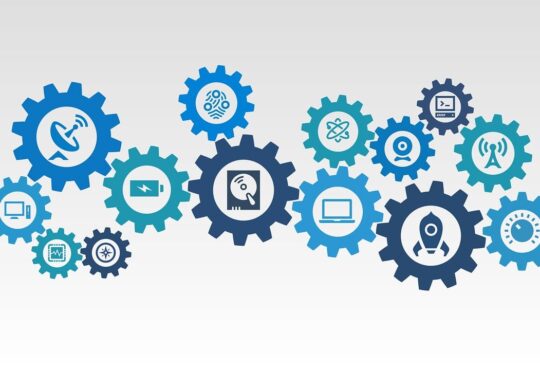
Paolo Malinverno is VP Research at Gartner. He covers the API economy and the role of APIs in digital platforms, and in building business ecosystems (internal, private and public). This extends to API management, B2B APIs and platform as a service (PaaS). His keynote at APIdays Paris focused on the state of the API Economy.

What is the driving force of the API economy?
The principle of the API economy is that API can be new products that a company offers to open up new business channels, or to sell more of its traditional products. These dynamics needs three parties: the API providers, the developers, and the application users. Applications must bring value to the users first, and application providers also need to get value from the API. Value creation at those two level is what creates the value of the API economy. That’s why Open Banking is a mega trend now because banking applications bring value to the users through account management services and automated advisors, but it also brings value to the bank because it makes people use their services. So, it is a great time to be involved in the API economy now, if you are a developer — internal or external — an application provider, or a business creator.
Some CXOs might argue that APIs are just a new tech trend, what would you tell them?
I would tell those CXOs to wake up! APIs are not just another piece of technology but a way to implement new business strategies. Treating an API just like technology is like buying a car and not driving it anywhere: think of all the places you could go, all the different routes you can drive through, all the people you can take with you during the journey, and all the interesting stuff you can pack in the bags you take with you in the car! The same goes for services and applications and API makes those new innovative services possible.
And APIs are not a new trends, they are here to stay. In fact, one could argue that the first API was on Fortran in the 1960’s. One of the first public API opened in 2006 when Google launched Google Maps API allowing developers to put Google Maps on their own sites using JavaScript. The Google Maps example started from a simple need of a developer who was looking for a house and had to copy-paste addresses and figured there had to be a better way to do this! Now being able to click and see houses on a map through an extension to a real estate website is a common service.
What is the role of APIs in a change strategy?
The applications are changing, and the driving force behind this change are the APIs. Companies and developers who take part to this movement are those who innovate, change the way they work with their ecosystem of partners for instance by taking part to hackathons. They lead the digital transformation. Change will come from people who will construct new ways of interaction through applications, like voice systems, chatbots, all those new usages are based on APIs.
And this API movement also requires a new organisation inside companies, with new roles emerging like the role of API product managers. Their mission is to enable value, which is the basis of the API economy, and to do this they need to have a business vision and be able to run APIs through their entire lifecycle. Former architects can combine the skills needed for this job and walk the fine line between technology and business.
What are the key steps in the lifecycle of an API?
The API lifecycle is about the planning, design, implementation, testing, publication, operation, consumption, maintenance, versioning and retirement of APIs. All the steps are important, especially if an API is successful and the other way around also anticipating the retirement of an API.
In fact, a common misconception about APIs is when people focus only on the API design and think they are done when the API is done. In fact, that’s only when the API life begins, you need to have API users to go through the all lifecycle. Another mistake would be to focus on repeating a “deploy and run” loop, and not care where the API comes from. But APIs must come from someone’s work, either from inside the company or outside the company and this step is also meaningful.
Written by Séverine Godet
This article was first published on Medium.
Want to contribute articles to APIdays? Please fill out this short (2min) form









